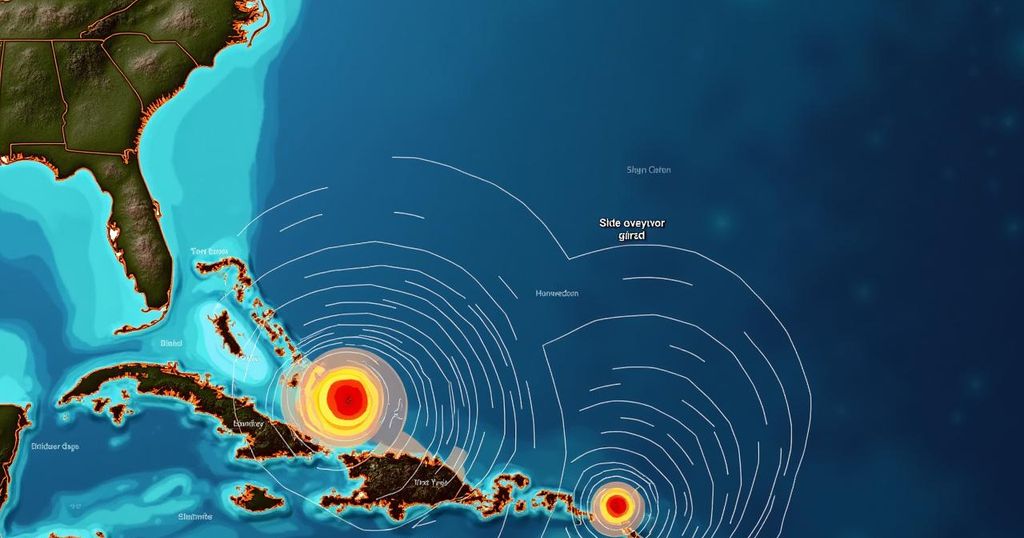Hurricane Milton has been classified as a Category 4 storm in the Gulf of Mexico and is projected to make landfall in western Florida. Concerns include potential flooding and storm surge, following closely after Hurricane Helene’s path of destruction. This hurricane season is poised for heightened activity, potentially ranking among the worst in decades.
Hurricane Milton has emerged as a formidable Category 4 hurricane in the Gulf of Mexico, recently downgraded from a Category 5 designation. Projections indicate that Milton is poised to make landfall on the western coast of Florida, potentially unleashing heavy rainfall, storm surge, and damaging winds across the region. The National Hurricane Center has cautioned that effects from the hurricane may be felt far beyond the immediate coast, with significant flooding anticipated as rain continues to accumulate before Milton’s expected arrival on Wednesday. This storm follows closely on the heels of Hurricane Helene, which made landfall less than two weeks earlier as a Category 4 hurricane, resulting in record storm surges and substantial fatalities, with over 220 deaths attributed to Helene’s impact from Florida to Virginia. Understanding the formation and intensification of hurricanes is critical in assessing their potential threat. Tropical cyclones develop when they encounter favorable conditions, which allows them to strengthen into named storms. Meteorologists closely monitor wind speeds, as a storm must sustain winds of 39 mph to be classified as a tropical storm and achieve hurricane status at 74 mph. These classifications serve as a vital tool for forecasting risks and issuing appropriate warnings regarding the anticipated impact of severe winds, waves, and flooding. The dangers posed by hurricane-force winds include extensive property destruction and increased likelihood of flying debris, while storm surges—a critical risk factor—can inundate coastal areas and are cited as a leading cause of hurricane-related fatalities in the United States. Subsequent to landfall, flooding can become a significant concern, as hurricanes often deliver massive rainfall, overwhelming infrastructure and leading to persistent flash floods that can linger well past the storm’s passing. The annual hurricane season traditionally peaks around mid-September, and the National Oceanic and Atmospheric Administration has indicated that this year could witness unprecedented activity, projecting between 17 to 25 tropical storms, including four to seven that may evolve into major hurricanes.
Hurricane Milton represents a severe weather event within an active hurricane season, marked by the recent emergence of dangerous storms, most notably Hurricane Helene, which had devastating effects on the region. Understanding the dynamics of hurricane development and the associated risks is crucial for public safety and disaster preparedness.
In summary, Hurricane Milton poses a significant risk to the western Florida peninsula with expectations of storm surge and flooding. As meteorologists continue to monitor its path, the broader implications of its trajectory, especially in the context of an active hurricane season, necessitate heightened awareness and preparedness among residents and authorities alike.
Original Source: www.washingtonpost.com






